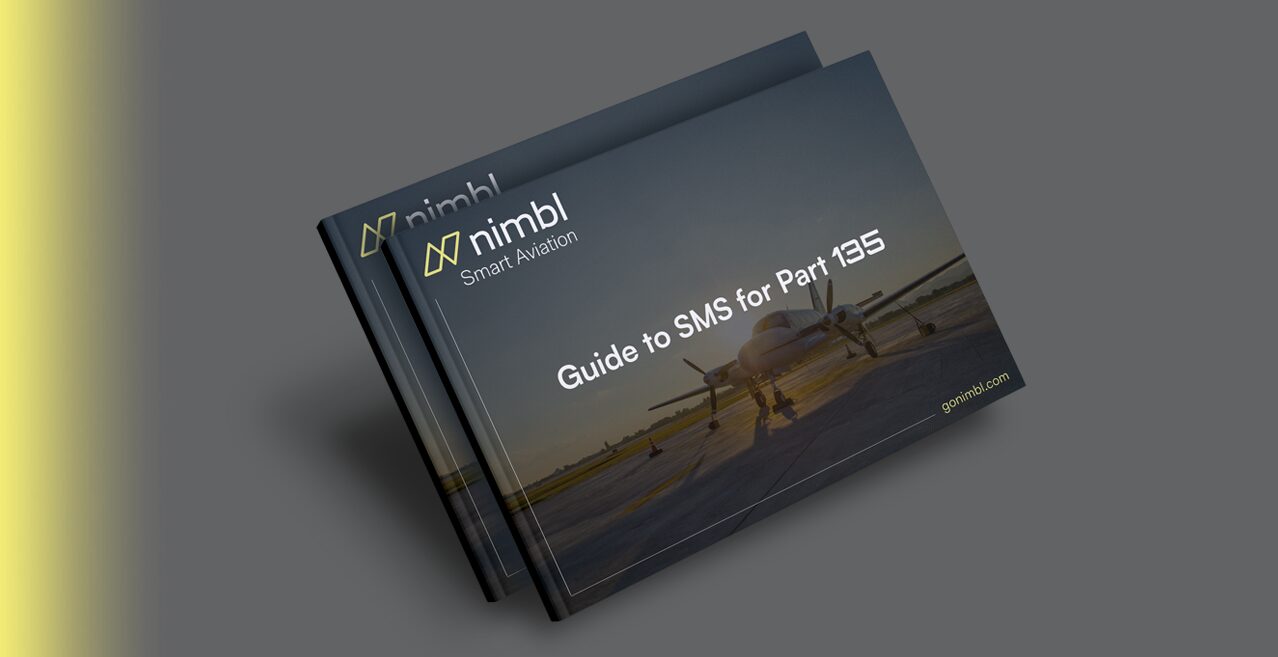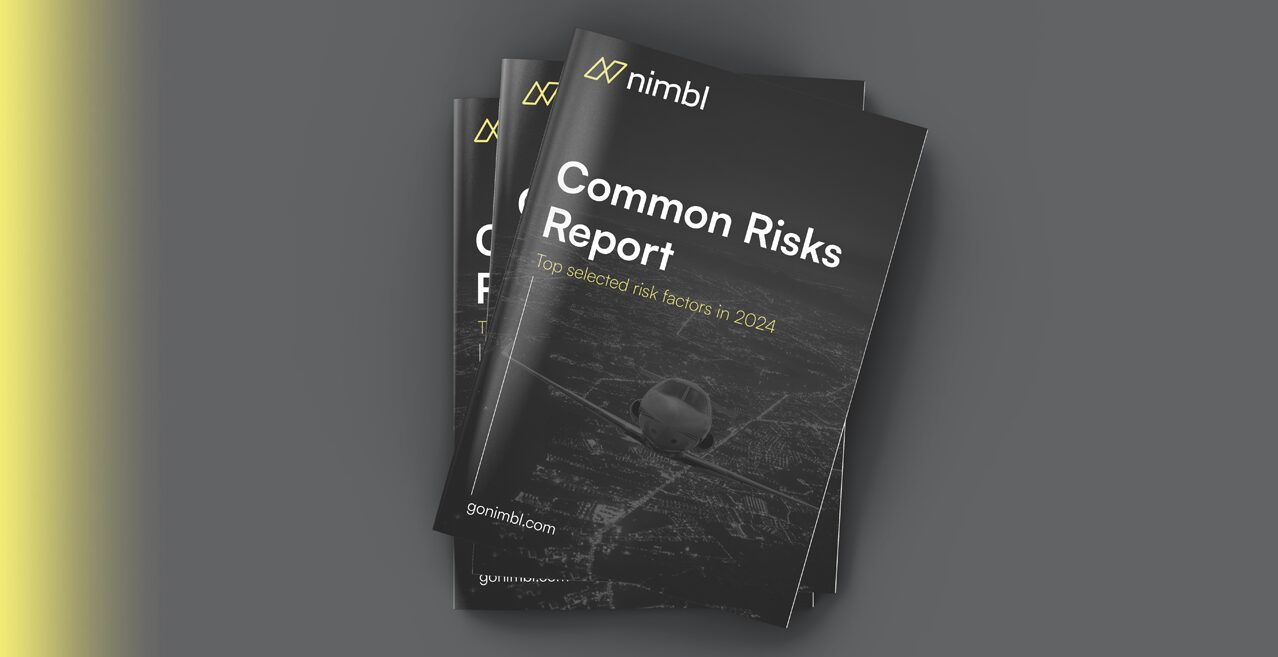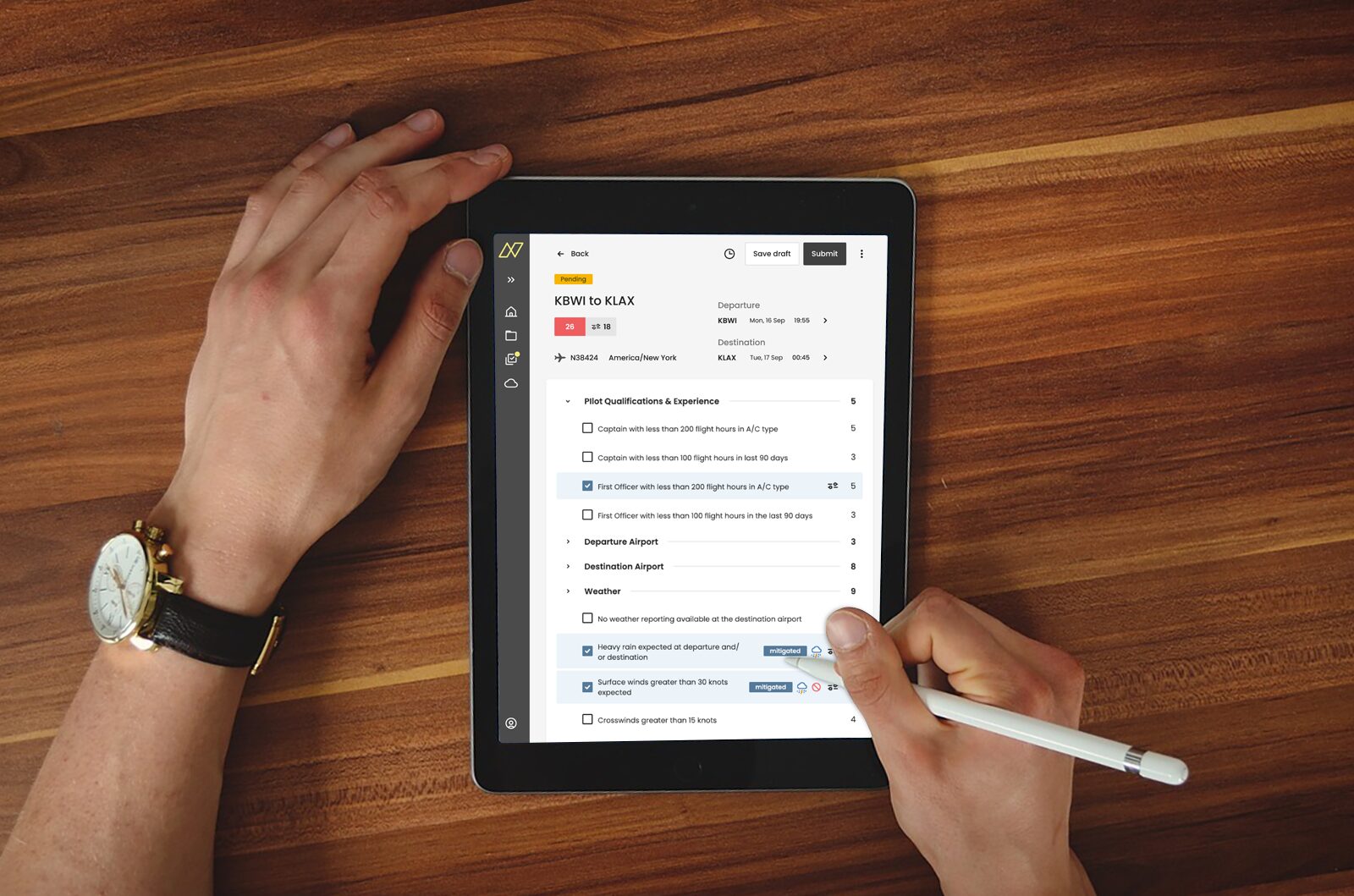At the heart of your organization, an Operations Manual (OM) describes your operation and acts as the go to resource to ensure everyone on your team can operate safely and efficiently together. Known by a variety of names such as Flight, Company or General Operations Manual, a quality OM can improve everything from streamlining processes to onboarding new employees.
An Operations Manual May Be Required
Depending on the state of registry of the aircraft and location of the primary business, an OM may be required by the relevant regulatory authorities. Additionally, even for operators that are not required to have an OM, it may still be recommended depending on areas and types of operation. A few examples are as follows:
- Part NCC operators – Required, regardless of number of pilots. Part NCC can also apply to single-pilot aircraft.
- Bermuda-registered operators (OTAR Part 125) – Required, regardless of pilot count.
- FAA-registered operators
- Part 135 – Required
- Part 91 – Strongly recommended
- Operators following a third party standard (e.g., IS-BAH, AUVSI Top Certification, etc.) – Required
It Can Improve Business Efficiency and Safety
The main advantage of having an OM is that your procedures and policies are formalized and standardized by being consolidated in one manual . The OM helps ensure business continuity for yourself, when contracting personnel, making additions to the team, or even helping with staff turnover. It will always be clear to the team what’s expected of them since they can reference the manual if questions should arise. Without this standardization, two people might perform the same duty in different ways, which could lead to efficiency, or worse, safety problems. An OM can also help ensure all personnel are following the same guidance to prevent misunderstandings.
Operations Manual for Single-pilot Operators
As a single-pilot operator, it’s easier to “bend” the rules for yourself. When you are flying with someone else, the other person can tell you if you’re deviating from procedures, but when you’re alone, it’s more difficult to realize this may be happening. Having an Operations Manual (OM) can help set boundaries and encourages you to stick to the rules. An OM can become a checklist, and you can track how many times you deviate from the manual. If this happens too often, you can self-check your operation, analyze risks, and adjust what you are doing accordingly.
Every day examples:
- Simplify Maintenance
As a single pilot operator, it’s unlikely you would be doing your own maintenance or have an in-house team. If you are working with contract maintenance then the OM can be used to inform any Approved Maintenance Organization (AMO) working on the aircraft of what you expect in terms of maintenance. This might typically be done by giving them a copy of the maintenance control system. - Show Commitment to Safety
Having an OM with an SMS that is appropriate for a single pilot operation can help you demonstrate to your passengers your commitment to safety and ensuring professional standards of service.
Operations Manual for FBO Operators
Standardizing policies and procedures in one document will provide your team with a resource to use when they have questions about what is expected of them or how to perform a task. This is particularly useful if you have seasonal employees, temp/contract workers, or certain roles with higher turn-over. Standardization also encourages safety and helps maintain customer service levels since personnel will be performing tasks in a consistent way.
Every day examples:
- Ensure Customer Service
There are many different customers passing through an FBO on any given day. Some you may see regularly and others only once. Formalizing the expected procedures across your entire team will ensure everyone is operating the same way and in return your customers will always be getting the same experience every time they visit your facilities. - Establish Emergency Response
Depending on the operation it may or may not be best to have a standalone Emergency Response Plan. For those operations where a separate ERP doesn’t make sense, the OM will commonly contain a basic Emergency Response Plan to be used when responding to a variety of emergencies. - Streamline Training and On-boarding
From ground personnel to administrative staff, as you bring on new employees, contractors, or move personnel from one department to another, the OM can be used as the basis for training. The manual should cover items like ground support equipment, security procedures, SMS, and both ramp and facility operations.
Operations Manual for Drone Operators
Most drone departments are either still young or likely just getting started, so it’s even more important to have a documented standard for operating to ensure improved safety. The OM will give you and your teams guidance for areas such as safety, mission operations, emergencies, training, maintenance, and security. Formalizing procedures is also advantageous when competing for contracts, since it can be used as evidence that the department is going above and beyond to ensure jobs are done safely, effectively, and to a consistent level of quality.
Every day examples:
- Demonstrate Safety
It is becoming more and more common that commercial drone operators prove they are operating to a minimum safety standard. An OM with SMS is a common requirement for third-party audit standards. - Ensure Consistency Across a Variety of Missions
Your crews may be operating different types of missions and/or in different operating environments. Where and what they are doing may change on a rotating basis or each day. Documenting procedures for operations based on location and mission should ensure they have a preflight resource they can consult to review procedural and safety requirements.
Operations Manual for Larger Operations
Having an OM for larger operations is especially useful in getting everyone on the same page. For a large group of people, it’s easier to have standardized procedures in place, particularly when team members are rarely together in the same location. An OM also helps decrease complexity during onboarding and offboarding.
The OM can be critical when operating different aircraft types or for different types of missions, as it should contain SOPs unique to each aircraft and mission. Additionally, in cases when it is appropriate, differences in scheduling, duty times, training, and security guidance should also be outlined. Some operators go so far as to have a separate Operating Procedures section for each aircraft or mission type so they are clearly different with little to no overlap.
Every day examples:
- Simplify Infrequently Used Processes
It can be hard to remember exactly what you need to do for things you don’t do regularly or only do once a year. Documenting these important processes, such as PIC upgrade requirements, crew training requirements, aircraft parts handling, etc. will give you an easy to follow checklist without having to go back and dig through past records. - Allow Your Team to be More Efficient
All kinds of new situations are likely to pop-up for your team during their day-to-day. Describing procedures for specific scenarios, such as what circumstances require a FRAT or MRAT to be used, or the requirements to fly into an airport that is particularly risky, small, etc., will ensure the guidance they need is always readily available.
Getting a Customized Operations Manual
Nimbl makes creating a customized Operations Manual – with SMS included – really easy. Bringing together our knowledge from working with thousands of operators, combined with regulatory sources, industry best practices, IS-BAO, AUVSI Top Program, and more, we can work with you to build a manual that reflects the needs of your particular operation. All we need is for you to complete a simple questionnaire and provide any existing policies and procedures you may already have. We’ll do the rest. Sounds easy right? It is. Any questions? Don’t hesitate to reach out.
Related Resources
View All
View All

14 CFR Part 5: SMS Compliance for Part 135 Operators
Learn more

The Most Common Risks Operators Face Day to Day
Learn more

When To Do a Risk Assessment
Learn more

Your Aviation Emergency Response Plan (ERP): Three Critical Items To Keep In Mind
Learn more
